Fitbit Charge 4 review: Beautiful and expensive


Fitbit offers an integrated GPS module, mobile payment capability, and long battery life in the Fitbit Charge 4. These are features that are certainly not found in every fitness tracker and were missing in the previous model. Whether these make the Charge 4 the ultimate fitness tracker or not, and what do I mean by expensive in the headline, will be delved in deeper detail in this review.
Good
- Long battery life (almost 7 days)
- Discreet and light
- Precise heart rate sensor
- GPS and Fitbit Pay on board
Bad
- Full range of functions available only with a paid subscription
- GPS not very accurate
- Music control is available exclusively for Spotify
- Fitbit Pay accessible only via credit card in Europe

Who is the Fitbit Charge 4 for?
Thanks to its integrated GPS module, the Fitbit Charge 4 is theoretically suitable for automatic tracking of jogging routes and cycling tours. This way, you don't have to lug around your heavy smartphone in your pocket anymore, because, after the first ten kilometres, the smartphone in your pocket will most probably end up getting on your nerves. In addition, the Fitbit Charge 4 also comes with protection against water so that you can even wear it while you swim. However, before you make your way to the next online shop full of enthusiasm, you ought to wait for my criticism concerning the accuracy of this device and other negative points.
If you still want to pick it up right away, you can purchase the Fitbit Charge 4 from various online shops. The recommended retail price stands at £199.99, although you are able to pick up this wearable for a bit cheaper from third party retailers, or at a discounted price of $120 for those living Stateside.
Here's where the Fitbit Charge 4 scores
Battery life
When I put a fitness tracker around my wrist for a review, I have a specific goal. I want to record my everyday life and my regular running times as smoothly and seamlessly as possible. In my eyes, it is critical if I have to connect the review unit to the charger every single day or even every two days for charging purposes. With smartwatches, frequent recharging is justified due to the increased functionality, but in fitness trackers, manufacturers should focus on keeping track of my vital signs with minimal power. This is a very important point considering how Xiaomi's Mi Band models boast of weeks of battery life are very popular - see our Xiaomi Mi Band 4 review.
The Fitbit Charge 4 also fulfils the idea of always wearing a fitness tracker regardless of gender. Through the one and a half weeks that I was able to use the Fitbit Charge 4, I left the 24-hour tracking feature active, used the Charge 4 at night for sleep tracking, and jogged or cycled once every two days with GPS tracking activated. A full battery charge lasted me exactly five days before it indicated that I needed to juice it up.
Charging is not a big deal with the Fitbit Charge 4. You clamp the fitness tracker in a charging clip that has an integrated USB-A cable. In that position, it is still operational while charging courtesy of the cutout for the capacitive button that is located on the left side of the tracker. As long as you do not place pressure on the two contacts under your wrist to have it record your vital functions, it will take approximately 1.5 hours to have it fully charged.
Tracking without smartphone or additional device
A further requirement that I have for a fitness tracker is this: it should get out of the way of my sports activities as much as possible. Without a fitness tracker, I usually walk with my smartphone in my pocket doubling up as my pedometer while I listen to my favourite podcasts. Hence, if a heavy (relatively speaking) smartphone could be replaced by a smart fitness tracker on the wrist, that would be a definite plus.
The Fitbit Charge 4 has an integrated GPS module and this is what sets it apart from the far more affordable models in the market. This way, you can track your jogging route even without a smartphone and record the altitude, speed, and distance covered. Thanks to built-in heart rate measurement, you also have another piece of data to crunch, which smartphone manufacturers in the past have tried to integrate into your smartphone in a rather miserable manner.
Fitbit is also clever when it comes to evaluating your heart rate data. In the Fitbit Charge 4 settings, you can set notifications whenever you reach predefined heart rate ranges. Athletes can check whether they are in the cardio zone or whether the physical strain is at a level suitable for fat burning while running. Having different vibration feedback on this device is pretty useful especially when one is jogging since viewing to the fitness tracker can be annoying when running.
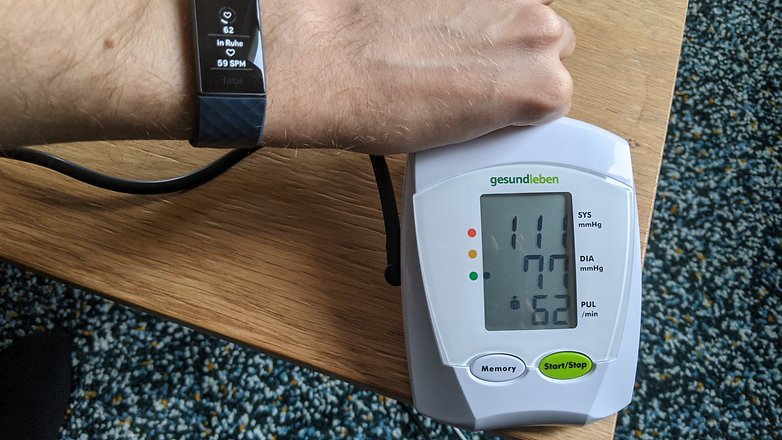
The accuracy of heart rate measurement is very good. With a standard blood pressure monitoring device, I was able to obtain similar values when measuring my heart rate simultaneously. Of course, the measurement was taken while I was resting, I didn't want to take the blood pressure monitoring device with me on a bicycle. In addition, I don't really know whether my faithful device from "Gesundleben" provides 100 per cent medically accurate data.
Furthermore, heart rate measurement via a light pulse without any movement is not an issue for most trackers. It becomes a bit more difficult when you move and bend your hand, for example, to throw a basketball or when performing push-ups. Here, a Fitbit user would generally encounter a general problem with the manufacturer's equipment. Unlike with Garmin or even Huawei devices, you can't connect chest straps for heart rate measurement or other accessories to the app or the device itself.
In addition to the sensors for location and heart rate, the Fitbit Charge 4 also includes gyroscopes for recording acceleration. Fitbit uses these gyroscopes to track steps and movements, among other things, with sufficient precision. Ten steps in real life resulted in nine steps on the device. It is worth mentioning that movement and heart rate data are stored on the device itself for seven days. Scanning takes place every five seconds or even every second during active training. There is enough memory to store up to 30 days' worth of daily information locally. Fitbit also combines all these sensors to keep track of you while sleeping. But there's one obvious flaw here, which you'll read about it in detail a little bit later.
Another curious fact is that Fitbit supposedly integrates a pulse oximeter into the Fitbit Charge 4, but it is not really usable. In principle, such a device can measure the oxygen saturation in your blood and according to Fitbit's press release, the technology is definitely one of the latest. Neither in the tracker itself nor via additional app installation, could we could access data gleaned by the sensor. Fitbit's statement about what the SP02 sensor is exactly for is still pending. As soon as we have proper feedback, we will add it to this review.
Design and Operation
Prior to that, we would like to go into detail concerning the design as well as operational ease of the Fitbit Charge 4. The design of the Fitbit Charge 4 is made up mainly by a monochrome OLED screen, which is easy to read even when outdoors and when under bright light environments. At the same time, the small display comprises a touch screen and on the left side, you will usually only find a single button to activate the screen. Although this cannot be pressed, it is not a capacitive touch button. With gloves on, you can tap the left side of the Charge 4 and the screen will come to life. Alternatively, you can move your wrist in the direction of your face and the touch screen will react to that as well.

In my purely subjective opinion, the design of the Fitbit Charge 4 was executed properly. The form factor is compact enough with dimensions of 35.8 x 23.7 x 12.5 mm that will not get in the way of sporting activities and especially when you are sleeping. The included wristband, which boasts of a beautiful look with a honeycomb pattern, is made of high-quality plastic.
The clasp resembles that of a classic wristwatch. In my opinion, this is always an advantage over clip solutions or other mechanisms to keep it attached to the wrist. If you don't like the included wristband at all, you can easily swap it out by buying another to replace it.
Build quality
There is one more thing that I want to mention about the positive aspects of the Fitbit Charge 4: Together with the Fitbit app, the manufacturer offers a very holistic way of keeping track of yourself for a healthier lifestyle. The app is also very convenient for keeping track of calories burned and the amount of water consumed.
In addition, Fitbit integrates a Relax mode into the Charge 4 app, where you can relax with breathing exercises. It's a bit of a shame that the fitness tracker doesn't alert you of stress levels like the Apple Watch, but the mindfulness exercises in the app will easily make up for it. Meditation and mindfulness sessions are a healthy balance to sports and also help to cope with anger issues, making those some of the features found in this device category.
This is where the Fitbit Charge 4 fails
Fitbit Premium includes extended sleep tracking
I have been wrestling with myself a little bit on whether I should classify Fitbit Premium as good or bad. On the one hand, it's great that Fitbit virtually integrates an online gym into its app, while on the other hand, you shouldn't have to fork out money for a subscription after picking up a fitness tracker for this much.
Although I find Fitbit Premium to be very useful, I have listed the offer as a negative. This is mainly due to the fact that Premium is not just an addition. Without the monthly fee of £7.99 (might I interject, "Wow! That's a lot of money!"), the data gained from the sleep analysis is limited, not to mention the mindfulness exercises that I talked about earlier happen to be available only with a subscription.
If I had not received the Charge 4 from the manufacturer as a review unit and paid money for it, this particular situation would have bothered me a lot. It should never be the case that a device manufacturer artificially limits the functions of an expensive device while asking for another recurring payment to "unlock" those features.
Late battery life warning
There was also a little bit of excitement when I went jogging with the Fitbit Charge 4 for the third time. After I came out of the front door, I saw a small battery status appear on the screen that I hadn't seen before. This was a good opportunity to see just how much juice is left in the battery reserves!
The answer to that was: not very much, because the fitness tracker ran out about halfway through my 5-kilometre run. Although I was surprised that at least the data collected up to that point was still stored, the other half of the data was gone. A warning a little earlier on about the impending drained battery would have helped, but with regular recharging, such situations can be avoided.
GPS tracking not always accurate
It was quite difficult to avoid GPS crashes during the review, which mainly occurred when cycling. A test ride to the office in downtown Berlin stopped recording suddenly after going approximately half the distance. If I hadn't gone out for review purposes but had made a long bike ride instead with the intention to record my route, the disappointment would have been great.
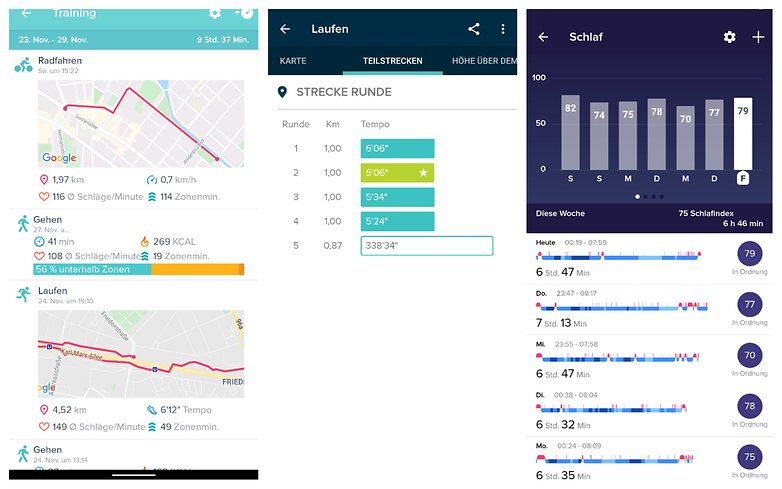
The unstable GPS connection also made a mockery out of the other statistics on my route. Through all 37 minutes, I was detected to have covered 3 kilometres and moved at an average speed of close to 5 kilometres per hour. This is of course complete nonsense and has not happened only once during the review period. A far longer bicycle ride is said to have been 1.97 kilometres long and also indicated to have lasted close to three hours. Assuming I did not make any basic mistake while using it or the GPS information in the device or app is incomplete, then there is a very good chance of the Charge 4 suffering from a technical error of sorts.
Fitbit Pay available only via credit card
As for Fitbit Pay, I could only try it out during the review by looking at the spec sheet of the fitness tracker. In Germany, the service only supports credit cards, whereas payment options like PayPal or even a link to an EC card are not available. This is a pity because even though many users have a credit card, not every Fitbit user wants to enter such sensitive data. An alternative would be much appreciated.
No premium feeling
Admittedly, I was simply handed the Charge 4 before my review and I didn't have any idea on exactly how much the Fitbit Charge series costs. But after unpacking it and using it for the first time, I simply didn't expect that the Charge 4 would cost close to €Euros. For a slightly higher price, the manufacturer already offers the Fitbit Versa 3, which is a more powerful smartwatch that connects to a WLAN and even comes with internal memory for music.
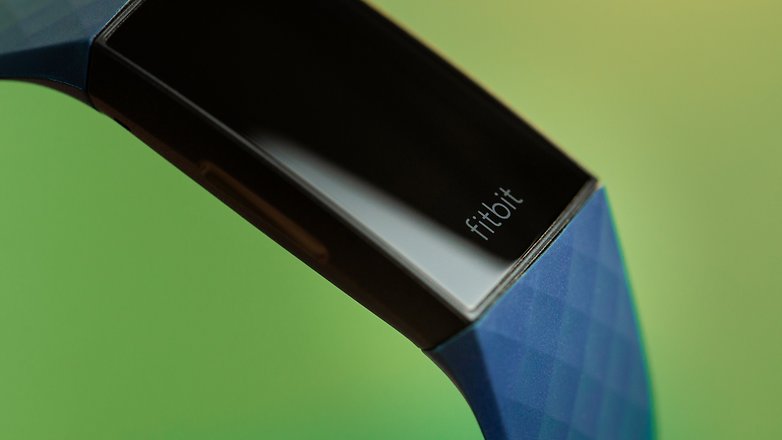
The feeling of using the flagship model of fitness trackers doesn't really manifest itself with the Fitbit Charge 4. This is especially all the more grating since you have to fork out additional monthly dues to access the full range of functions.
Music control only with Spotify
There is another, completely unnecessary removal of a function when it comes to music control on the Charge 4. It goes without saying that it is extremely practical to switch a song while jogging not using the smartphone but via a tap on the wrist. How convenient then, that the Fitbit Charge 4 is able to do that as well - but the annoying bit is how it works only with Spotify.
Offering a single provider such a monopolistic position on one of your devices by a manufacturer does not exactly indicate the intention to satisfy one's customers across the broadest range possible. While Spotify is the most popular service for music streaming, there should always be an additional option for music playback controls on a smartphone. This is especially so since Spotify Connect does not really provide you with a stark advantage.
This is because even with Spotify Connect, the Fitbit Charge 4 only controls the music that your phone sends to your headphones or other audio devices. So if you're bothered by the annoying sounds of nature while jogging in the countryside, you definitely need to take your smartphone with you. At the same time, the Fitbit Versa with integrated music memory and support for Bluetooth headphones moves even further away into the horizon, leaving the Charge 4 in the dust.
Conclusion of the Fitbit Charge 4
Fitbit is one of the companies that have made fitness trackers famous and a name that is popularly associated with lifestyle accessories. This expertise can be seen in many aspects of the Fitbit Charge 4. The integrated GPS receiver as an extension of the previous model is simply useful, while the heart rate sensor is surprisingly accurate and ordinary people will automatically be funneled into a holistic improvement of their lifestyle thanks to the very good Fitbit app. The good battery life contributes to the overall usefulness of this device.
However, the Charge 4 was also able to reliably record how my heart rate rose when I suddenly had to pay monthly fees to access the full functionality of a fitness tracker that costs somewhere in the three-digit € range. Also, the completely unnecessary limited music control and the GPS issues do not belong in a device of this price range. While the third iteration was called "the best fitness tracker" by a colleague in the review, I am far more critical of its successor. This is mediocrity at its best, Fitbit. Please make it work better and above all, make it more customer-friendly!
Alternatives to the Fitbit Charge 4
If you don't necessarily want to buy a wearable fitness tracker and yet you like Fitbit, you should take a look at the Fitbit Versa 2 and also possibly the Fitbit Versa 3. The second version of the smartwatch is currently available online for just under £170, and the Versa 3 still costs just under £200. If you are looking for a fitness tracker and always take your smartphone with you wherever you go, the Xiaomi Band 5 is already a very good choice. The battery life is significantly longer than that of the Fitbit Charge 4, but you will have to make do without GPS.
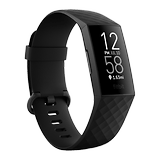



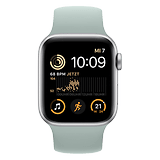
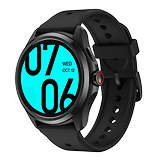
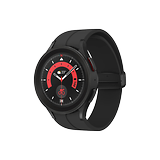
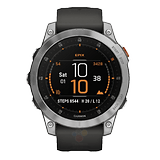
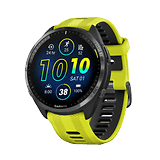
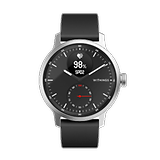
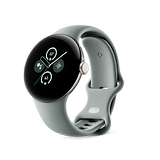

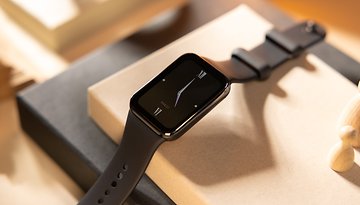
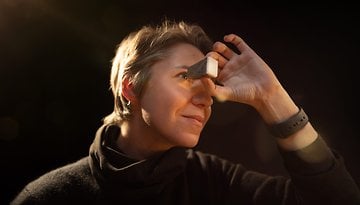


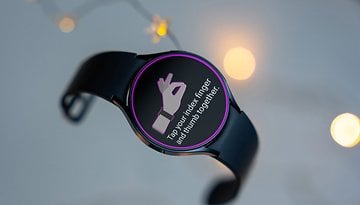
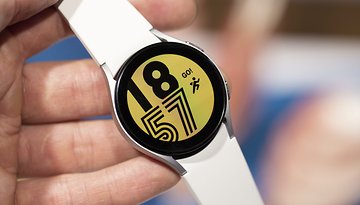
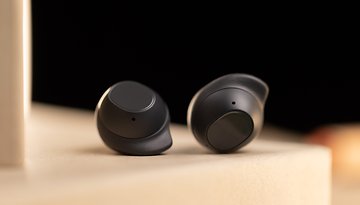

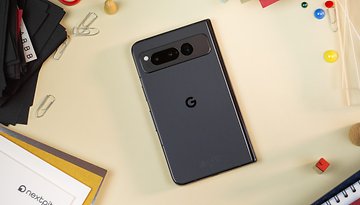
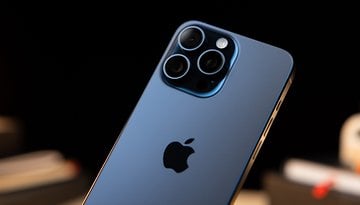
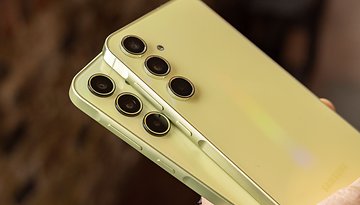



Very expensive but I think the quality is high.
It is a solution for all people
So, is MiBand still best for price/quality?
-
Admin
Dec 8, 2020 Link to commentNot only expensive but also of no use for me